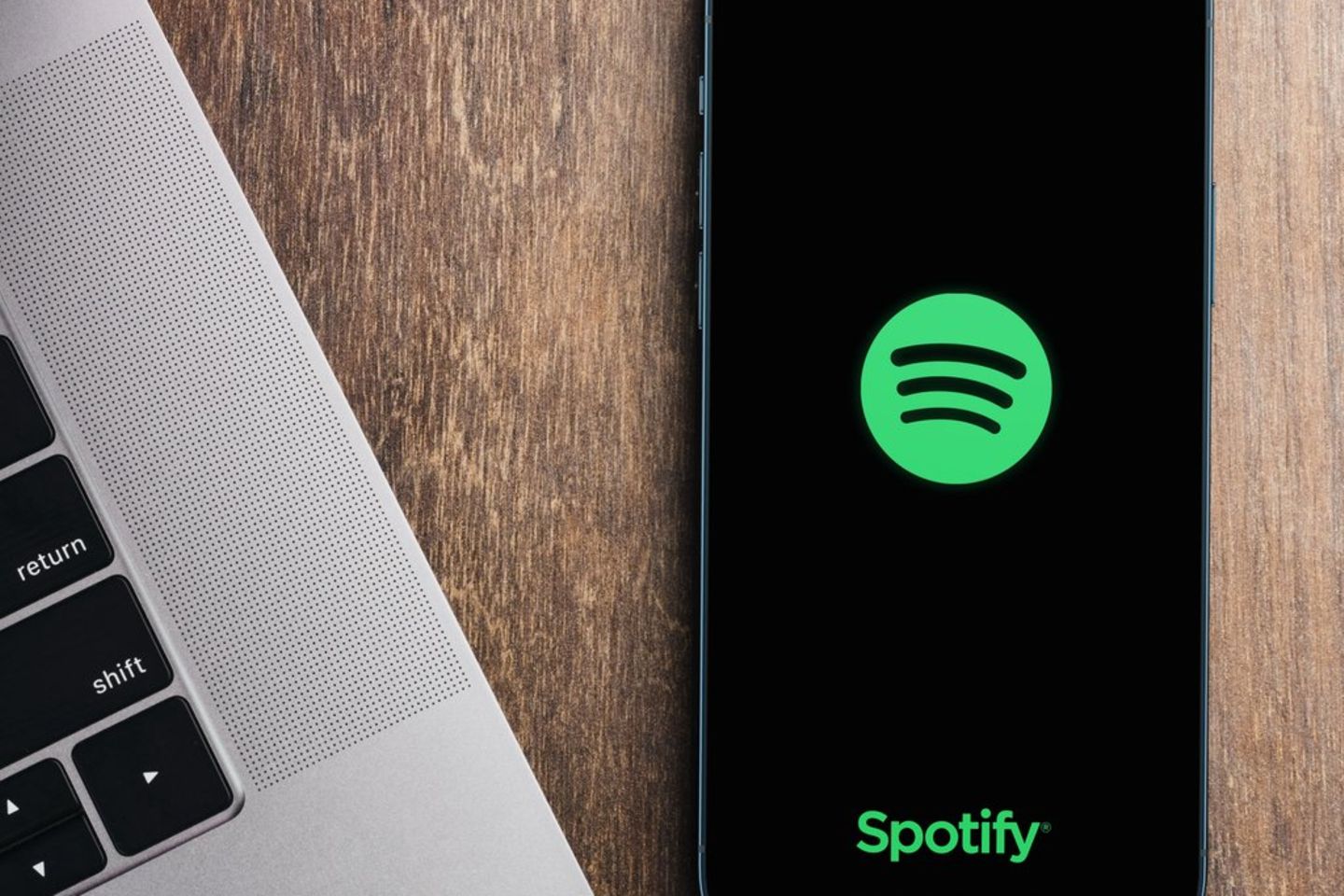15 years of Spotify
How the streaming giant is trying to assert itself
Since 2008, Spotify has been one of many people’s shortest routes to their favorite music.
© Diego Thomazini/Shutterstock.com
Spotify is currently looking at increasing user numbers, but also at losses in its annual balance sheet. What the streaming giant is struggling with.
The latest financial and user-related developments are interesting. Spotify presented strong growth figures in the second quarter: the number of users rose to 551 million, exceeding the forecasts of analysts who had expected around 527 million. This was achieved through targeted marketing efforts that mobilized more listeners in regions such as Europe, Latin America and Asia. At the same time, total sales rose by eleven percent year-on-year to 3.2 billion euros, a result that was in line with expectations. However, the loss widened from $125 million to $302 million, raising questions about the company’s long-term profitability.
Despite the financial challenges, Spotify is looking ambitiously into the future. Last year it announced its goal of reaching one billion users and generating $100 billion in annual revenue by 2030. Thanks to this guidance, the signs point to further investment in growth and expansion – despite the heavy losses it has recently recorded.
New pricing strategies in key markets
Spotify recently implemented new pricing strategies for its premium offering, probably not least because of the currently questionable profitability. The company said it would increase prices for individual subscriptions in more than 50 markets, including the US, Canada, France and the UK. Prices also recently rose in Germany – for the first time since the service began. Instead of the previous 9.99 euros, monthly premium access now costs 10.99 euros, while the two-person subscription will now cost 14.99 euros (previously 12.99 euros) and the family subscription will cost 17.99 euros (up to six people , previously 14.99 euros). The offer will also be one euro more expensive for students and will now cost 5.99 euros.
It’s worth noting that these price increases come in a market environment where other major players, such as Amazon and Apple, have also increased their music streaming subscription prices over the past year. Although these price increases are due in part to increased licensing costs and inflation, they remain a risky move in an industry where customer loyalty is often tested by price competition.
Conclusion and outlook
After 15 years, Spotify remains a significant player in the music industry, with its role as an intermediary between artists and listeners remaining crucial. With significant user growth, financial challenges and a highly competitive market environment, Spotify’s journey is emblematic of both the opportunities and challenges presented by the music industry’s digital revolution. How Spotify shapes its next 15 years, particularly in terms of its relationship with artists and consumers, will be essential to maintaining its place in an ever-evolving digital landscape.
